As you may recall, my most recent article discussed weight gain associated with alcohol intake during menopause (I Need a Drink, Desert Health May/June 2016). While the article was enlightening, writing it did nothing to burn the extra twenty pounds I’ve accumulated through this hormonal roller coaster that is “middle-aged.”
So, I found myself faced with the harsh reality that it was time to go on a diet.
Having been down the diet road before, I was not looking forward to tracking calories, exercising when I didn’t want to, and giving up my favorite foods and beverages. Subsequently, I set out to audition different diets in hopes of finding a more satisfying, yet effective, option. The four diets I explored were either new twists on old science, radical elimination set-ups, or back-to-basics calories in/calories out plans.
First, I tried the Paleo (or “caveman”) diet. I ate pasture-raised meats, vegetables, seafood, eggs, drank bone broth, and dabbled in fermented foods (kimchi). Grains, legumes, added sugars, and dairy were strictly prohibited. On the plus side, the Paleo diet handed me a great foundation for a healthy, sustainable diet that eliminated all processed foods. The downside was that cavemen didn’t drink alcohol, and they didn’t need to shop at the local supermarket. I found the Paleo diet to be inconvenient in that I had to buy different foods for myself, while maintaining our original fare for my husband. I also missed my glass of pinot in the evening and found that I really don’t like coconut milk enough to put it in my tea. Discouragingly, at the end of my two-week Paleo audition, I’d actually gained weight!
Next I tried the Atkins diet, the infamous plan in which you eat meat and fat, but decrease your intake of carbs to less than 20 grams per day. I figured this would be easier to manipulate, as I could eat the meat and fat portion of whatever I served my husband and simply steer clear of the carbs. While eating an unlimited amount of meat was a plus to me, the downside of Atkins was that in cutting carbs, I ended up cutting out one of my favorites: fruit. After two weeks on Atkins, I felt incredibly deprived and, for this reason, found it was not a sustainable diet for me. (The scientist in me also noted the resulting nutrient imbalance from eliminating that rainbow of carb-rich fruits.) While I didn’t gain weight auditioning the Atkins diet, I did find myself constantly obsessing over what I would eat at my next meal. The fact that food was always on my mind told me that too much of it was missing from my plate.
At this point I decided to loosen things up and simply downloaded a free caloriecounting app. I chose the Fat Secret app for its massive database of nutritional information and endless choices of foods. Unfortunately, the plus of unlimited choices turned out to be my downfall. Fat Secret was a little too permissive. Additionally, I was the one calculating how many calories I should eat in a day. That becomes a nebulous number when faced with dessert at the end of a conservative meal. Needless to say, I gained weight as well in my trial period using this unrestricted model.

Finding a diet that works for you – and sticking to it – is the key to success.
While I had no interest in the monotony of being on a diet, I knew that Weight Watchers (WW) had worked for me in the past. I decided to see if it would work with my presently reduced metabolism. The upside of WW was that I could eat anything I wanted as long as it fit into my daily allotment of points. This allowed for a piece of chocolate after lunch and a glass of wine before dinner. WW also gave me weekly bonus points that I could use for special occasions or an evening out. I found that WW steered me toward making healthy choices, as fruits and vegetables are free, meaning I could eat them all day if I wanted to. WW also encouraged activity by rewarding it with activity points. On average, I earned 3 activity points for every 30 minutes of light exercise. I found it motivating to know that I was earning something. The downside I found with the WW program was that it required an electronic tether. I needed to access the website every time I put something in my mouth, which took the spontaneity out of eating. Then again, that spontaneity is what added the twenty pounds in the first place! WW was the only diet I tried and actually lost weight.
Overall, I found WW to be better suited to my personality and lifestyle because it provided a realistic environment that directed me toward a healthy, balanced diet. It allowed for splurges and rewarded effort. While I once thought that I had ceded all dietary control to my menopausal hormones, WW gave me back that control. In the end, I found that each diet has its own unique criteria that speak to different people for different reasons. I’m going to continue with my WW plan.
If you find yourself in a similar position, don’t give in to the hormonal shifts in your body. Take the time to consider if you should address these hormonal changes with dietary changes of your own and find a diet that works for you.
Contributing writer Pam Salvadore of La Quinta is a nutrition journalist. For more from Pam visit her blog pamsalvadore.wordpress.com.





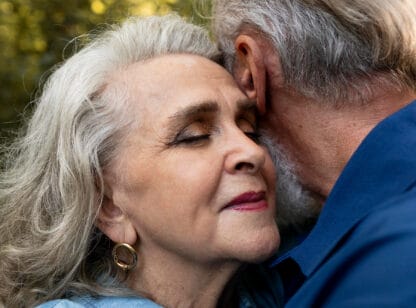
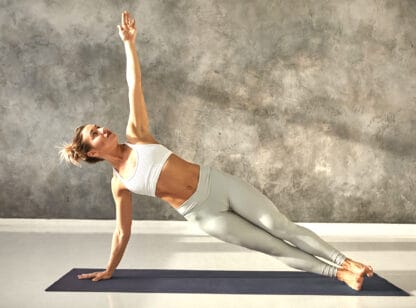
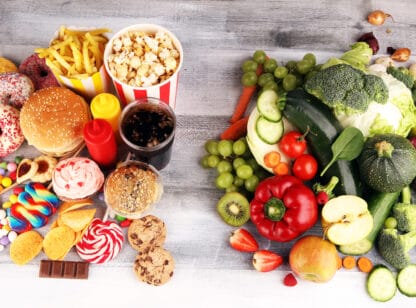
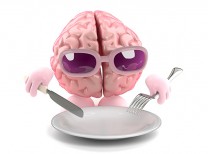

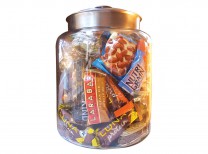
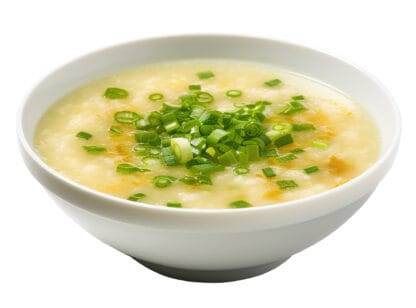




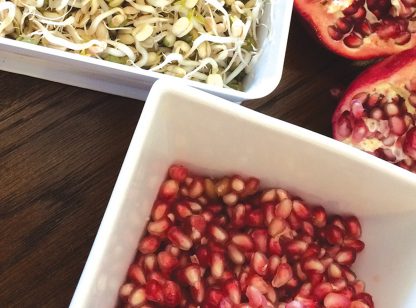
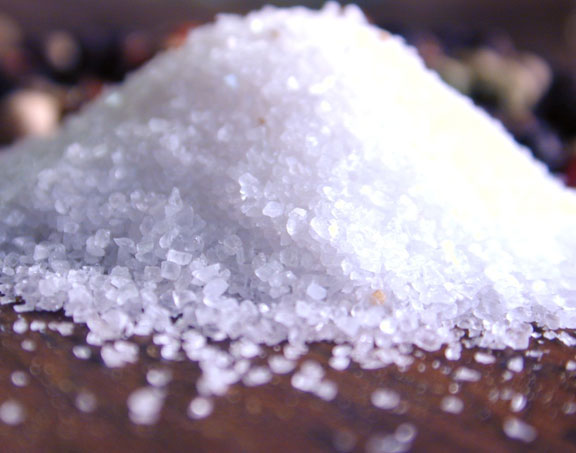































Comments (0)